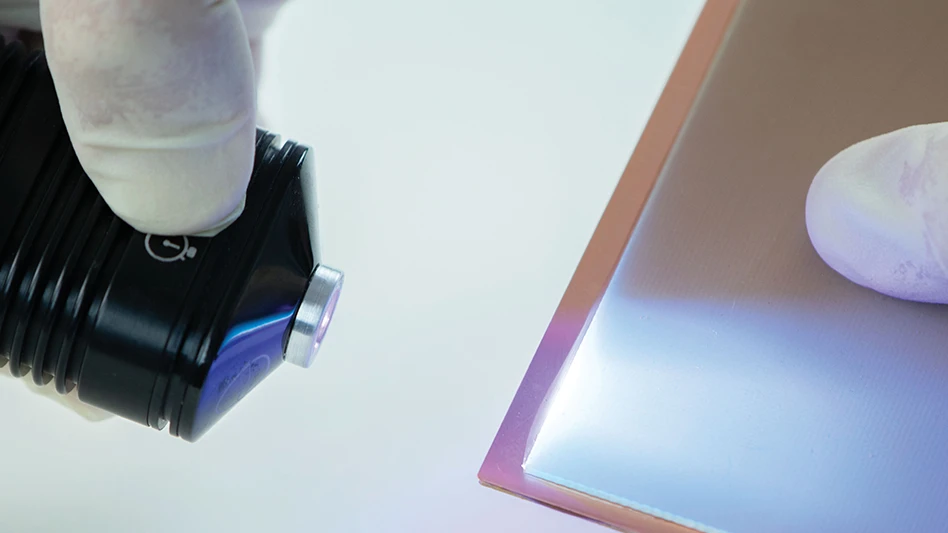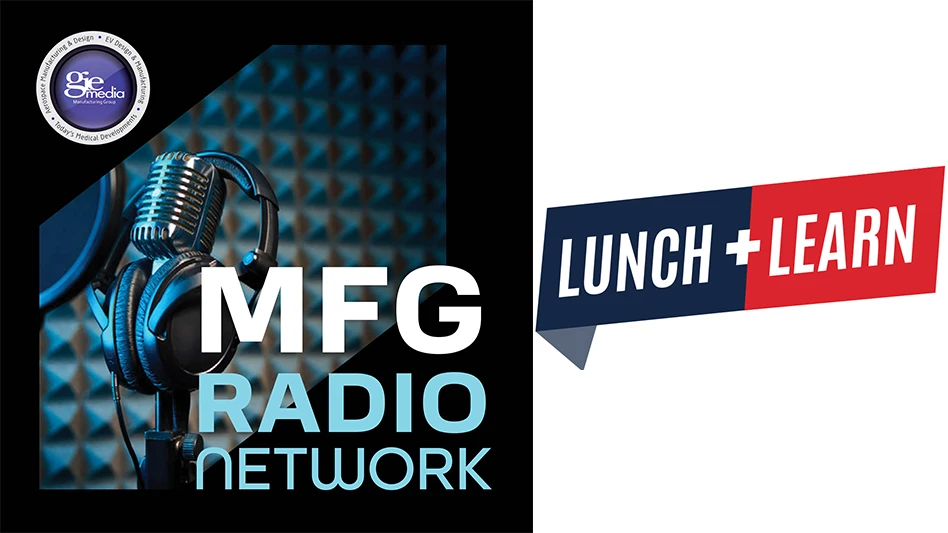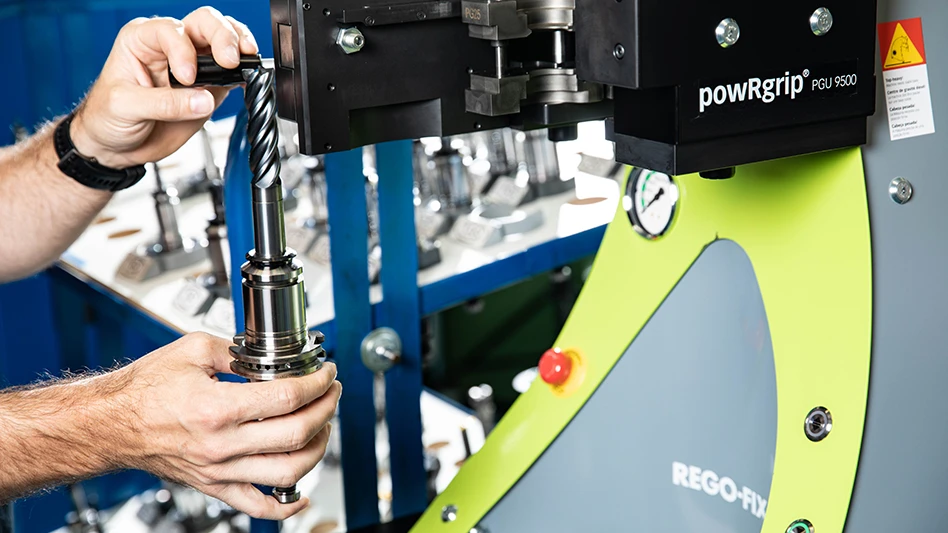Cleveland, Ohio - Transparency Market Research’s new report on the global ophthalmology devices market, “Ophthalmology Devices Market - Global Industry Analysis, Size, Share, Growth, And Forecast 2012 - 2018,” states that the global market is expected to expand at a 5.10% CAGR from 2012 to 2018. As per the report, the global ophthalmology devices market is expected to progress from $12.92 billion in 2011 to $18.28 billion by 2018. Advancements in healthcare infrastructure and the rising aging population are two of the major factors expected to benefit the global ophthalmology devices market in the near future.
- Continuous developments, rising spending on healthcare propelling global market
- Was $12.92 billion in 2011
- Growing to $18.28 billion by 2018
- Primary applications of ophthalmology devices – diagnosis, surgery, vision care
- Vision care devices segment dominates global market at 65%
Ophthalmology is the branch of medicine that deals with the physiology, anatomy, and diseases of the eye. Ophthalmology device manufacturers, distributors, medical companies, healthcare institutions, and research and development firms are currently taking efforts to introduce new medical devices to gain competitive advantage. Ophthalmology devices are primarily used for treating various eye conditions and infections. As these devices help decrease the treatment time and offer quality eye care to patients, they assist in making the eye-treatment process more convenient for patients and ophthalmologists.
The manufacturers of ophthalmology devices such as Essilor Int’l, Johnson and Johnson Vision Care, Hoya Corp., Abbott Medical Optics Inc., Nidek Co Ltd., Topcon Corp., Alcon Inc., Carl Zeiss AG, Canon Inc., CooperVision AG, and Bausch and Lomb Inc. are actively introducing new devices to treat various diseases of the eye. With the entry of new companies, the global ophthalmology devices market is expected to register new growth opportunities in the years to come.
With the increasing focus of people on healthcare, the global ophthalmology devices market is expected to witness rapid growth throughout the forecast period. Continuous developments in the field of medical devices and the rising spending on healthcare have propelled the global market for ophthalmology devices in the recent past. The global ophthalmology devices market is segmented on the basis of application, region, disorder, and device. By disorder, the global ophthalmology devices market is classified into cataract, refractor disorder, vitreoretinal disorder, and glaucoma.
Diagnosis, surgery, and vision care are the primary applications of ophthalmology devices. The rising application areas of ophthalmology devices are predicted to propel the global market in the near future. By region, the global ophthalmology devices market is divided into Europe, Latin America, North America, Asia Pacific, and Rest of the World. In 2011, the North America ophthalmology devices market accounted for one-third of the global market. Currently, Europe holds the second position in the global market, followed by Asia Pacific.
Based on device, the global ophthalmology devices market is classified into computerized field analyzers, contact lenses, contact lens clearing and disinfecting solutions, glaucoma drainage devices, intraocular lenses, iris retractors, ophthalmic lasers, ophthalmoscopes, optical coherence tomography devices, phoropters, refractors, and others. Medical devices in the ophthalmology field are used for numerous functions such as surgery, diagnosis, and vision care. Currently, in terms of shipment volume, the vision care devices segment dominates the global market with a share of 65%.
Source: Transparency Market Research
Latest from Today's Medical Developments
- Copper nanoparticles could reduce infection risk of implanted medical device
- Renishaw's TEMPUS technology, RenAM 500 metal AM system
- #52 - Manufacturing Matters - Fall 2024 Aerospace Industry Outlook with Richard Aboulafia
- Tariffs threaten small business growth, increase costs across industries
- Feed your brain on your lunch break at our upcoming Lunch + Learn!
- Robotics action plan for Europe
- Maximize your First Article Inspection efficiency and accuracy
- UPM Additive rebrands to UPM Advanced





